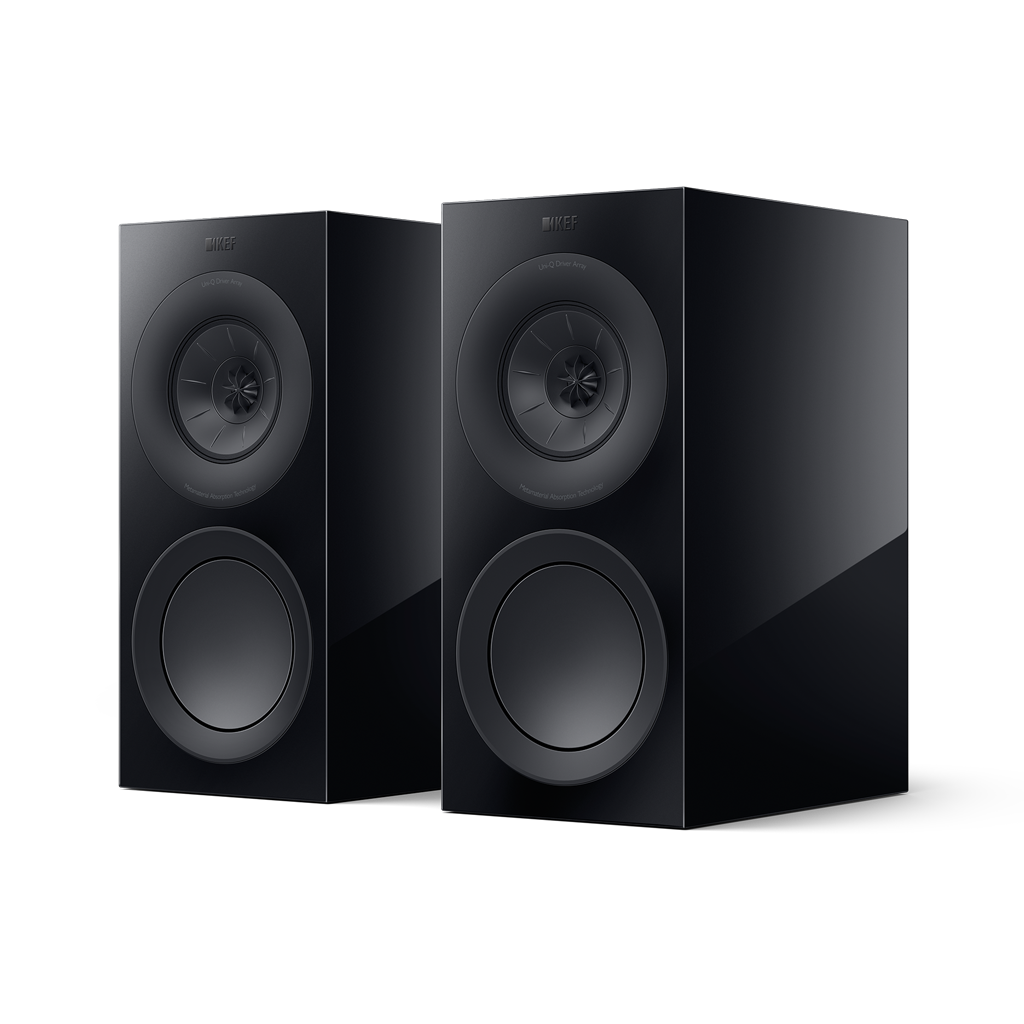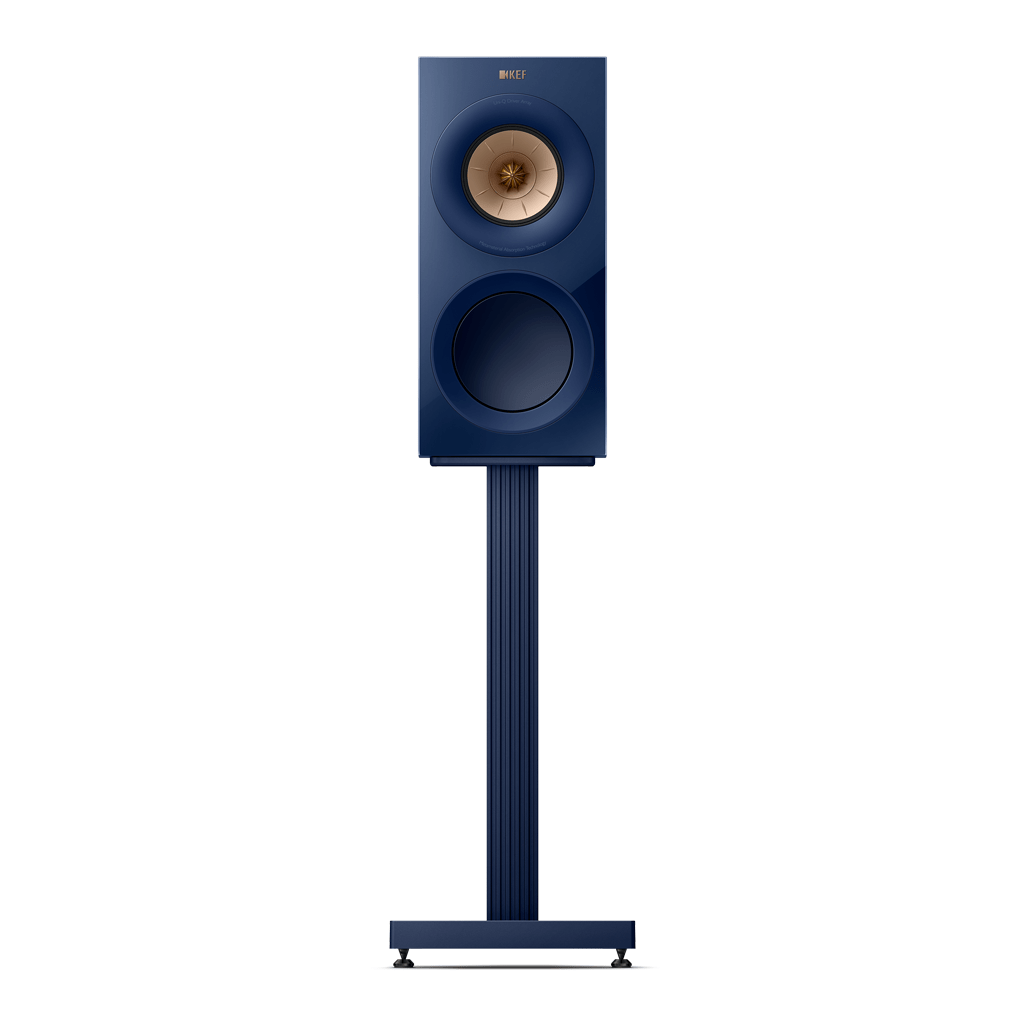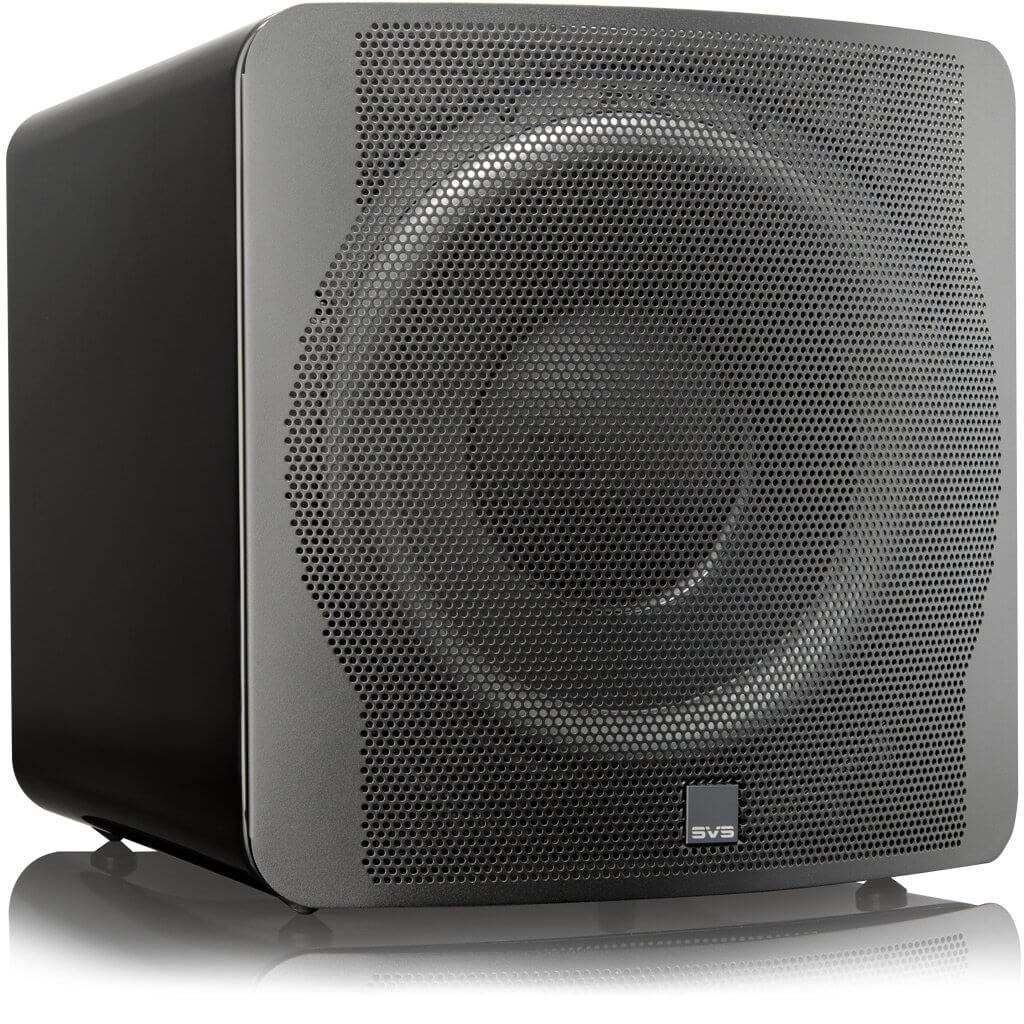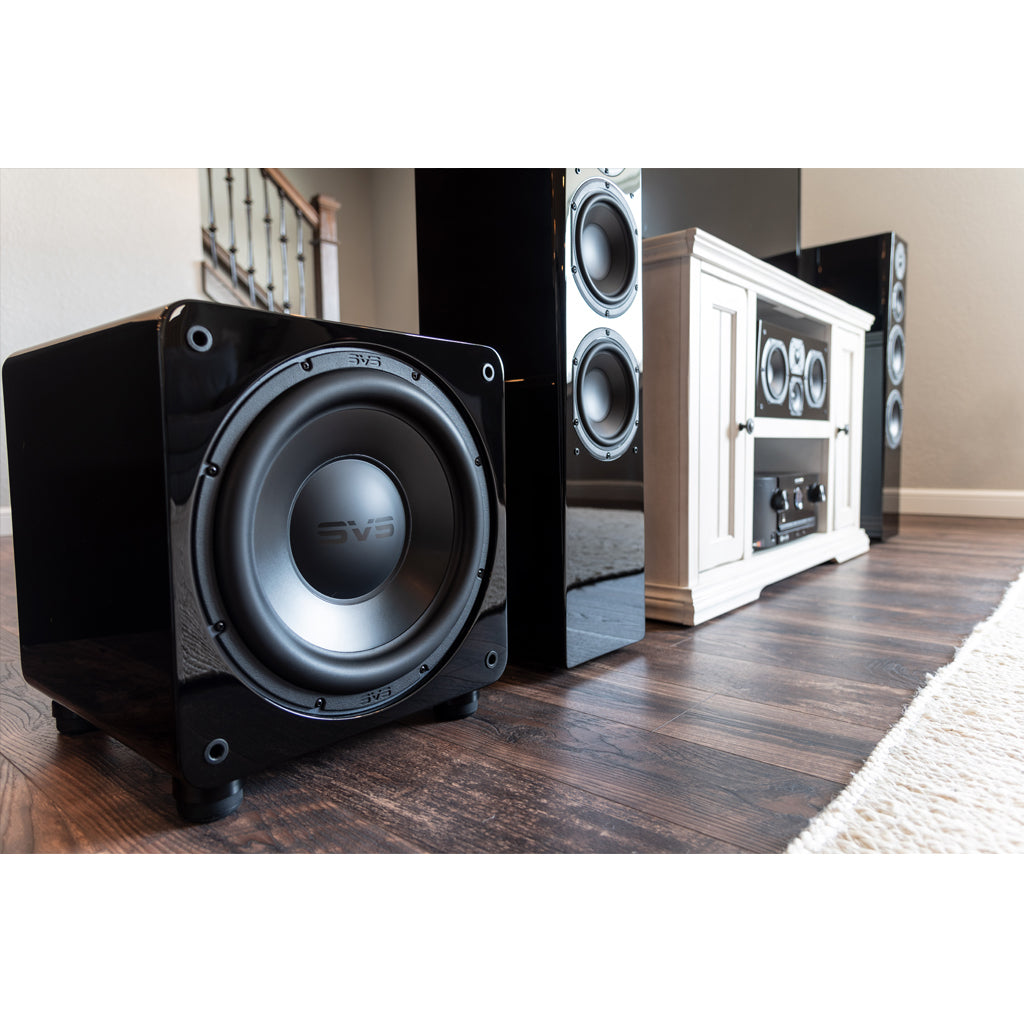| Columns Retired Columns & Blogs |
..manufacturing facilities in Indonesia.

Not that it mattered much. With the Shinai–Voices combo, "Flat Backin'" sounded dynamic and vibrant, its soundstage a big-cityscape of light and movement, airy with a slightly dark-lit quality to it that put sounds in relief. A vibrant cityscape at night.
Drum thwacks popped and quickly retreated in crisp decays. The midtrack drum solo revealed a complex panoply of force intensities, surface textures, and technical nuance. Cymbal taps produced a realistic tink-bell sheen, micro-rattling splash, and granular trickling of notes dripping out and diverging.
While the 22's treble couldn't reach the same airy heights of my twice-the-price reference Focal Aria K2 936 speakers, the Voices reproduced an introspective, well-lit environment bathed in texture and space. They were adept at exposing reverb. How adept? I couldn't help noticing how much the engineers responsible for this record loved reverb—so much that they added it to everything that moved and some things that sat still. The voices showed me all that. This wasn't the overexposed imagery of a tilted-up frequency response, which erases lines. The Voices unearthed lines—imprinted them. This was my first indication that the Moon Voice 22s have a special way with space.
The 22s made all that reverb sound less like what it was dangerously close to sounding like—an overused, music-dating studio gimmick—and more like it was surely intended to sound: a harmonic aureole around each instrument, drawing our attention to it. The effect was resplendent—a multitude of beating, pumping, radiating vortex points that sucked my attention toward the instruments' fuzz-soaked, fluorescent, slightly antiquated bellies.
At times, certain instruments—notably the sax, trumpet, flute (the latter well separated from those drum thwacks out front, maybe 6' farther back)—sounded vivid, animated in a way that brought to mind the intimate physicality that SET amps and electrostatic speakers are known for.
The second bit of evidence of the Voices' special way with space was in how linear and seamless their presentation sounded—smooth, like a freshly Zambonied ice rink. Effects and musical lines slid from one end of my room to the other as if I were listening to a single wall-sized transducer instead of two small standmounts.
The soundstage was divided into three major depths of field—front, speaker-level, and back—knitted together in fine filaments of flowing decays, lasting sustains, and far-flung musical sightlines. McDuff's at-times grumbling and at-other-times jubilant synthesizer notes produced a colorfully lifelike, finger-leapfrogging sound that eviscerated me with lightsaber stabs. Bill Phillips's flute emitted a vibrancy of color-in-movement; it beamed. Joe Dukes's drum hits produced resounding aftershocks. Richard Davis's tightly sprung electric bass notes were bulbous-tipped and resonant. This was the third indication of the Voices' special way with space. They energized it. They shot out sound along clearly delineated paths like lit-up runways. They brought the reverberant energy of notes—harmonic trails—into my listening space in a way that was unusually tactile, omnipresent, and microdetailed. It told me the Voices' resolution was high, not just in relation to the recording but also to my amp's character.

In the mood for more funk jazz, I spun record 005 in the Jazz Is Dead series of analog recordings by funky-jazz torch bearers Ali Shaheed Muhammad and Adrian Younge, with guest organist Doug Carn (45rpm 2 LPs Jazz Is Dead, JID005). This is a contemporary funk-jazz release of music propelled by a rhythmically shifting drumbeat taking center stage while loping forward.
Two things stood out about that drumbeat. The first was its tone, so drenched in reverb that it sounded almost like a steel drum.
Second, while the beat may not have been as viscerally pounding as it is through my reference Focals, it had swagger, which I found magnetic—a sort of pivot-point force that drew other instruments into its orbit. Listen to the sax and trumpet solos through the 22s, and I'm sure you'll hear it, too: the sense of collaboration, the feeding-off-the-beat excitement, the inspirational lift. It made me realize how important the connection between the drum and the other instruments was in making this music work. Loosen that connection, and you dilute the bond—and the music's impact.
This isn't a great recording; it sounds a bit murky and cramped. Still, through the 22s, Carn's organ jabs sounded dynamic, chiseled in space, luminous. Shai Golan's alto sax and Zach Ramacier's trumpet were recorded almost on top of each other, yet even when their playing overlapped and became busy, I could easily distinguish their timbres and melodies. Meanwhile, the soundstage bulged with touchable, bustling, lush-toned life.
Again, that space—harmonic strains washed up to me like musical tides. No doubt the Shinai contributed to that effect, but it was more than that: It showed how coherent the Voices' midband could sound and how good they were at producing a stereo effect.
Next, I listened to six-piece instrumental band Bell Orchestre's album House Music (LP, Erased Taped Records ERATP141LP-CA), a rock-and-chamber-music–influenced work split into 10 heart-palpitating movements constructed ornately of soaring, plucked, bowed, blown, and chanted sounds. Through the Voices, bowed violins sounded thick, textured, guttural. Double bass plucks provided a tactile, supple, pulsing undercurrent. Drum and cymbal hits were hyperfocused. The French horn rang with a golden, burnished glow. It sounded majestic.
Despite all those moving layers, the 22's presentation was moving-picture smooth. All its drama and glistening textures cohered.

Next up: Alice Coltrane's Journey in Satchidananda (LP, Impulse! IMP-228), recorded at Coltrane's home studio in Dix Hills, New York. The 22s provided a close, explicit perspective on the recorded performance. Pharoah Sanders's searing sax solos sounded pure and extended. Coltrane's rapid notes flicked out like confetti flurries. Through my Focals, Cecil McBee's double bass is almost too ripe. The Voices shaved off some of the bloat, adding definition and articulation.
During one passage in the album's second track, "Shiva-Loka," all the sounds culminate in a mike-overloading white-noise climax. Still, I was able to sort out from within the melee the various shakers and tambourines and, in some cases, their relative positions. The soundstage seemed to reach my ears not from speakers but from all around the room, from many angles, a vibrant-toned hologram that seemed alive, spontaneous, quilted together yet liberated not just from the speaker cabinets but from the instruments themselves.
The End
Auditioned in my system, the Moon Voice 22's most conspicuous sonic attribute was its well-sorted, seamless midrange.
Listening to these speakers inspired, in the introduction to this review, the subject of balance: balance in the stereo image; the balance between the drivers, in how they seemed to complement each other and sound uniformly in sync, at times almost like a single, full-range driver. When one hears this type of continuousness, the brain relaxes because it has less work to do trying to sort it all out; the stereo construct—the illusion of a real sonic event—is easier to accept.
The Voices provided a sense of motion-picture fluidity that made it easy to give myself over to their storytelling, to forget the machinations and illusions hi-fi is built on. They attuned me to something I hadn't paid much attention to before: That it's not only the direct sound from instruments that constitutes music but the subsequent sounds that those original sounds give rise to in a room. The Voices made me think of that.
Take those power requirements seriously; the Voices would have benefited from a bit more power than my Grandinote Shinai could provide. Yet, in my listening room, the Shinai-powered Voice 22s provided an attractive combination of soundstage energy, touch, and lustrous density. The best recorded sound is the recorded sound you forget you're hearing because the music takes over. The Voices facilitated many such moments, sending me on frequent side trips of mindful musical immersion.

..manufacturing facilities in Indonesia.

To address your opening to this article...
The brand is MOON. Always upper case (check out the logo on the front and back of the Voice 22)
The manufacturer is Simaudio
Hence, MOON by Simaudio. Pretty simple really!
Simaudio Moon has never existed
Hope this helps your readers readers in some small way.

High-end audio companies seem on a never-ending quest to draw attention to themselves and their brands by capitalizing entire names or reserving capital letters for "incorrect" places. It grows tiresome. Stereophile's policy allows attention fall on the brands whose sound and technology deserves it, rather on the brands with most creative use of capital letters.

Great music choices for your demo!

"moon by simaudio" as a single name? "simaudio" doesn't seem to make anything other than "moon" these days; or is it something like "cyrus" and "mission" of yore?

He could actually fit them in the back of his Corvette by Chevrolet by General Motors.
We sat and listened while sipping Drangonstooth Stout by Elysian Brewing by Anheuser Busch Brewing by InBev.

Anybody considering these should also consider and compare to the $2.2k/pair KEF R3 Meta 3way monitors.



KEF claims
87dB at 2.83V RMS at 1m
4 Ohm nom (3.2 min) impedance
<1.0% THD above 70Hz at 90dB at 1m
<0.5% THD above 90Hz at 90dB at 1m
110dB max
The 3way driver array includes a coaxial tweeter/midrange 12th generation "Uni-Q" comprised of a 25mm (1 in) aluminium dome tweeter crossed at 2.3kHz to a 125mm (5 in.) aluminium midrange. The coax is crossed at 420Hz to a 165mm (6.5 in.) woofer in a bass reflex alignment. KEF includes port plugs to convert that to sealed alignment.
That leaves $1k in the budget for a powered subwoofer. The SVS SB3000 is close to that price at $1.1k in black ash or $1.2k in gloss black. That uses a 13 inch woofer in sealed alignment with an 800W amplifier.


There are many other alternatives, and this is just one example.

quality of the graphics? I kept looking for the "First printed on May 3rd 1993" caption.

Hello Robert,
I don't know how else to reach you except to post this.
The Graham Audio LS8/1 review I mentioned to you in April in now published. See here.
https://wallofsound.ca/audioreviews/speakers/graham-audio-ls8-1-speakers-a-first-look-audition/
Cheers,
David Neice
neice@kw.igs.net

...back from you, David.
I'll check it out for sure.
Thank you.
Robert